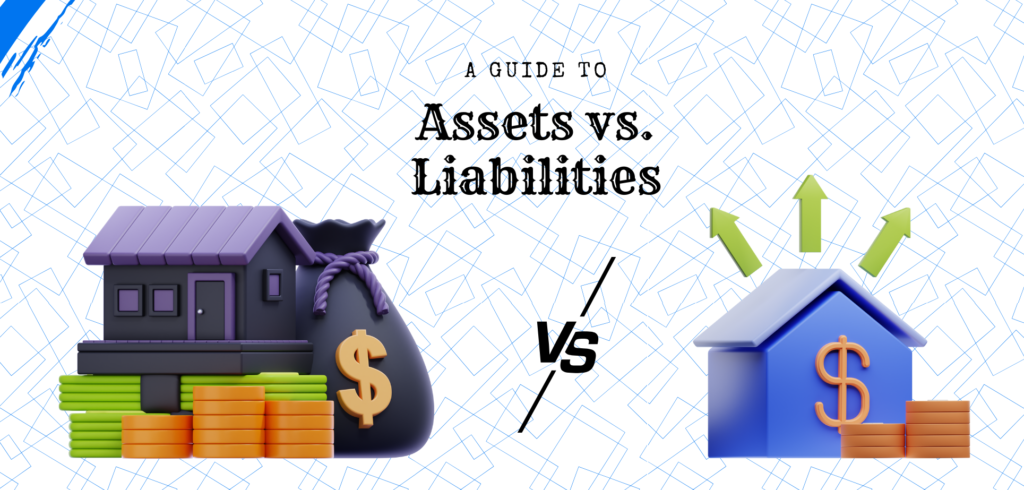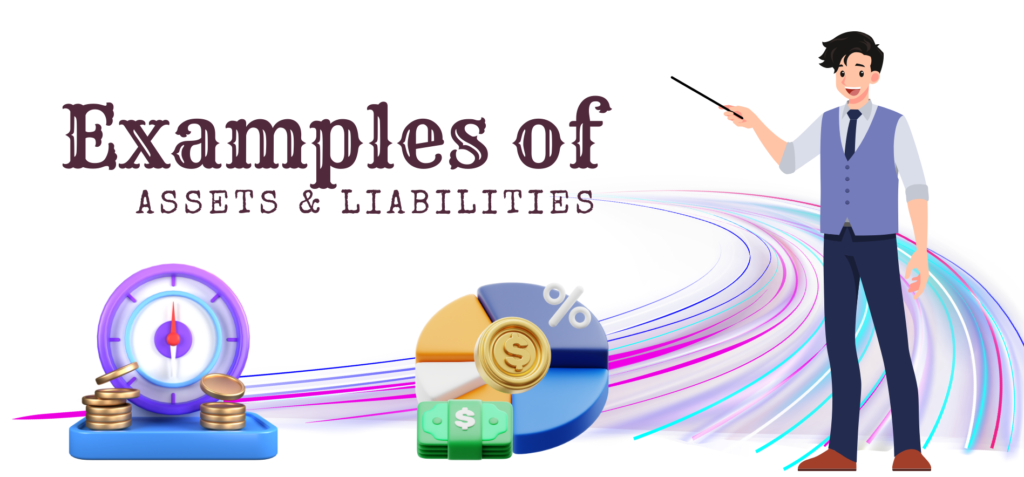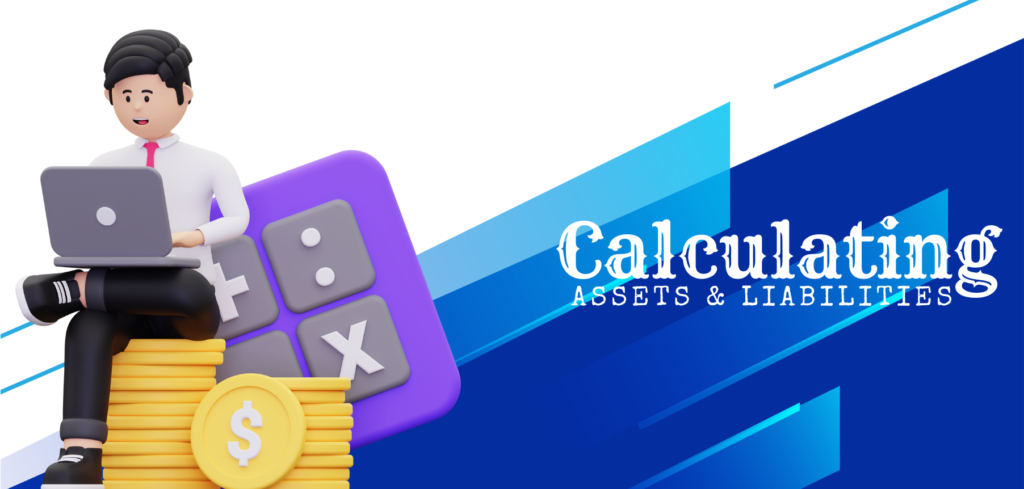Understanding Assets vs. Liabilities: A Guide to Smarter Financial Decisions

Managing finances effectively requires a clear understanding of assets and liabilities. These two elements shape personal and business wealth, influencing financial stability. While assets add value, liabilities create obligations. Knowing the difference helps individuals and businesses make informed financial choices, ensuring long-term growth and security.
Many struggle with financial planning because they fail to distinguish between what increases their wealth and what reduces it. By identifying and managing assets and liabilities correctly, one can make smarter investment decisions, reduce unnecessary expenses, and improve overall money management. This guide explores the key aspects of assets and liabilities, how they interact, and how to calculate them for better financial planning.
Assets: The Building Blocks of Value
Assets are the foundation of financial stability, contributing to a person’s or a company’s overall net worth. They represent anything of economic value that can be owned, sold, or used to generate income. Understanding assets helps individuals and businesses make strategic decisions that enhance financial health.
- Assets are classified into tangible and intangible categories.
- Tangible assets include real estate, vehicles, and equipment, which have a physical form.
- Intangible assets include patents, brand reputation, and copyrights, which hold value without a physical presence.
- A strong asset base enhances financial security and supports long-term growth.
- Managing assets effectively is essential for successful finance management.
Having assets not only increases wealth but also provides security during economic downturns. By accumulating valuable assets, individuals can build financial resilience and achieve long-term stability. Identifying which assets appreciate over time can help in making better investment choices and improving overall financial well-being.
Understanding the Relationship Between Assets and Liabilities
While assets contribute to financial strength, liabilities can reduce it. The relationship between these two determines a person’s or a company’s financial standing. A well-balanced financial structure ensures that liabilities do not outweigh assets, maintaining a stable and secure financial position.
- Liabilities are financial obligations, including loans, credit card debt, and mortgages.
- When liabilities exceed assets, financial strain increases, making it harder to meet obligations.
- Proper expense tracking helps individuals monitor debts and avoid excessive financial burdens.
- Maintaining a balance between assets and liabilities supports better financial decision-making.
- Understanding this balance is crucial for long-term financial success.
A strong financial plan involves increasing assets while keeping liabilities under control. Regularly evaluating financial health and making adjustments as needed ensures that liabilities do not overpower assets. This practice helps individuals and businesses maintain a positive net worth and avoid financial struggles.
Key Differences Between Assets and Liabilities
Although assets and liabilities are interconnected, they serve opposite functions in financial management. Recognizing their differences is crucial for effective financial planning and wealth management.
- Ownership vs. Obligation – Assets are owned resources, while liabilities are financial obligations.
- Value Creation vs. Debt – Assets increase financial worth, whereas liabilities represent debts that must be repaid.
- Positive vs. Negative Impact – More assets enhance stability, while excessive liabilities create financial risk.
- Income Generation vs. Expense – Some assets generate income, while liabilities require ongoing payments.
Understanding these distinctions allows individuals to take control of their financial future. Effective budgeting tools help in tracking both assets and liabilities, ensuring a balanced financial approach. When managed wisely, assets grow, and liabilities decrease, leading to long-term financial security.

Examples of Assets and Liabilities
Recognizing common assets and liabilities helps individuals understand how their financial decisions impact overall wealth. Proper classification ensures better financial planning and decision-making.
Examples of Assets:
- Cash and savings accounts
- Real estate and property investments
- Vehicles and valuable possessions
- Stocks, bonds, and mutual funds
- Business assets and intellectual property
Examples of Liabilities:
- Loans and credit card balances
- Mortgages and rent obligations
- Student loans and medical debt
- Business liabilities and supplier debts
- Unpaid taxes and utility bills
By analyzing personal financial statements, individuals can determine whether they have more assets or liabilities. This information is valuable for making better financial choices and improving overall wealth. Using a money manager app can help track financial changes and ensure a healthier financial outlook.

Calculating Assets and Liabilities
Financial success depends on regularly evaluating net worth, which is calculated by subtracting liabilities from assets. This calculation provides a clear picture of financial health, allowing individuals to make informed financial decisions.
To determine net worth:
- List all assets and their current market value.
- Identify all liabilities and outstanding debts.
- Subtract total liabilities from total assets.
A positive net worth indicates financial stability, while a negative net worth suggests excessive debt. Maintaining an up-to-date financial statement helps in making necessary adjustments for a secure financial future. An expense tracker app simplifies this process by categorizing assets and liabilities, ensuring accurate calculations.
Building a Stronger Financial Future
Understanding and managing assets and liabilities is crucial for financial success. Making informed decisions about acquiring assets and reducing liabilities leads to long-term financial security. Maintaining a balance between the two ensures stability and growth.
To make financial management easier, tools like DollarBook help individuals track income, expenses, and overall net worth. With a user-friendly interface, it simplifies financial tracking and assists in maintaining a balanced financial plan. By consistently monitoring financial health, individuals can make smarter choices, avoid excessive liabilities, and secure a financially stable future.
